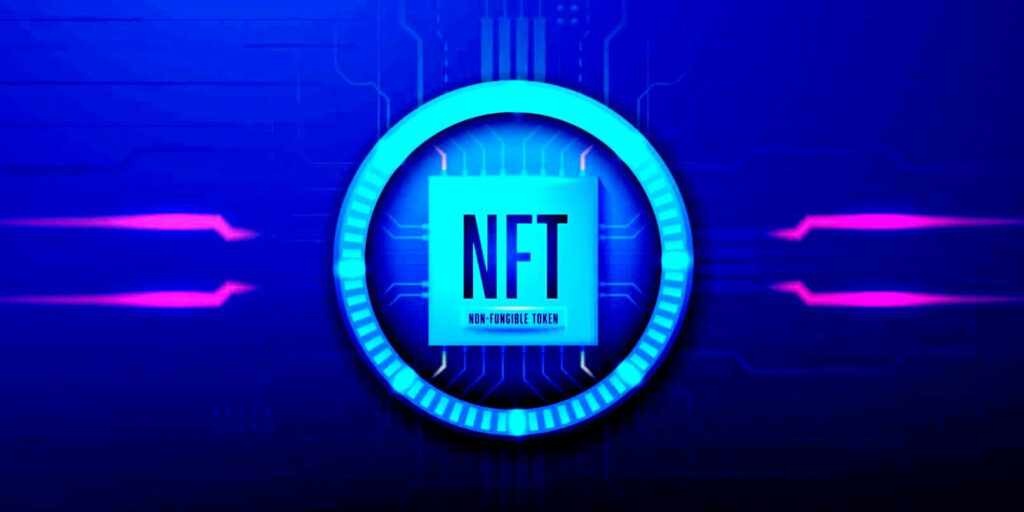The gaming industry is constantly evolving, and new technologies are continually being introduced to improve the gaming experience. One of the latest additions to the industry is Non-Fungible Tokens (NFTs). NFTs are unique digital assets that are stored on a blockchain, making them one-of-a-kind and impossible to duplicate. In the gaming industry, NFTs are used to represent unique in-game items, such as weapons, skins, and characters.
This article will explore the pros and cons of NFTs in the gaming industry. It will delve into the benefits that NFTs bring to the gaming experience and the drawbacks that come with their use. Additionally, it will examine how NFTs are currently being used in the gaming industry and the potential impact they may have on the future of gaming.
Overall, this article aims to provide readers with an in-depth understanding of NFTs and their potential impact on the gaming industry. By examining the advantages and disadvantages of NFTs in gaming, readers will gain insights into the technology and be able to make more informed decisions about their use in the future.

Pros of NFTs in the gaming industry
NFTs bring a unique value proposition to the gaming industry, as they offer an opportunity to create truly unique in-game items that are owned by players. This is a significant improvement over traditional in-game items, which are often mass-produced and do not carry any real-world value. With NFTs, game developers can create items that are truly one-of-a-kind, making them more valuable to players.
Another major advantage of NFTs in gaming is their potential to create new revenue streams for game developers. By selling NFTs directly to players, developers can create a new source of income that was previously unavailable. Additionally, players can also sell NFTs they own, creating a secondary market for these items that can generate profits for both players and developers.
Cons of NFTs in the gaming industry
Despite their potential benefits, NFTs in the gaming industry have also received criticism for their potential drawbacks. One major concern is that NFTs could create an uneven playing field, where players with more financial resources can simply purchase the best items in the game, giving them an unfair advantage over other players. This could make the game less enjoyable for players who cannot afford to purchase NFTs.
Another concern is the potential for NFTs to lead to speculative behavior and financial loss for players. Since NFTs have real-world value, players may be tempted to invest in them as a form of speculative investment. However, the value of NFTs can be highly volatile, and players who invest in them could suffer significant financial losses if the market for NFTs declines.

Case studies of NFTs in the gaming industry
Overview of notable examples of NFTs being used in the gaming industry Discussion of the successes and challenges faced by these examples
There are several notable examples of NFTs being used in the gaming industry. For instance, Axie Infinity, a blockchain-based game, uses NFTs to create unique and valuable creatures that players can own and trade. The game has seen significant success, with some players earning thousands of dollars from buying, selling, and breeding these creatures.
Another example is the blockchain game Decentraland, which allows players to purchase and own virtual real estate using NFTs. This has created a thriving market for virtual land, with some plots selling for hundreds of thousands of dollars. However, the game has faced criticism for the high cost of entry, as well as concerns about the environmental impact of blockchain technology.
The future of NFTs in the gaming industry
Explanation of the potential for NFTs to shape the future of gaming Discussion of the challenges and opportunities that may arise with the increased use of NFTs in gaming
The use of NFTs in gaming is still in its early stages, but there is significant potential for it to shape the future of the industry. NFTs could create new revenue streams for game developers, as well as new opportunities for players to own and trade valuable in-game items. Additionally, NFTs could potentially revolutionize the way games are designed and monetized, as developers are able to create unique and valuable experiences for players.
However, there are also challenges that must be addressed as the use of NFTs in gaming grows. There are concerns about the environmental impact of blockchain technology, as well as the potential for NFTs to create an uneven playing field and lead to speculative behavior. It will be important for developers and players alike to carefully consider the use of NFTs in gaming and work to address these challenges.

Conclusion
Recap of the pros and cons of NFTs in gaming Explanation of the potential impact of NFTs on the gaming industry Discussion of the importance of carefully considering the use of NFTs in gaming
Overall, the use of NFTs in gaming has the potential to bring significant benefits, such as the creation of unique and valuable in-game items and new revenue streams for game developers. However, there are also drawbacks, such as concerns about the environmental impact and potential for creating an uneven playing field. As the use of NFTs in gaming continues to grow, it will be important to carefully consider their use and work to address these challenges in order to fully realize their potential impact on the industry.





I like it
Tank you for the opportunity
Good job 👏 👍
It’s the best choices I’ve seen in a long time….. 100%rarting
Interesting 👏👏
Nice gaming industry
How much does it take to transfer to bitcoin
Its nice
amazing
great
Nice